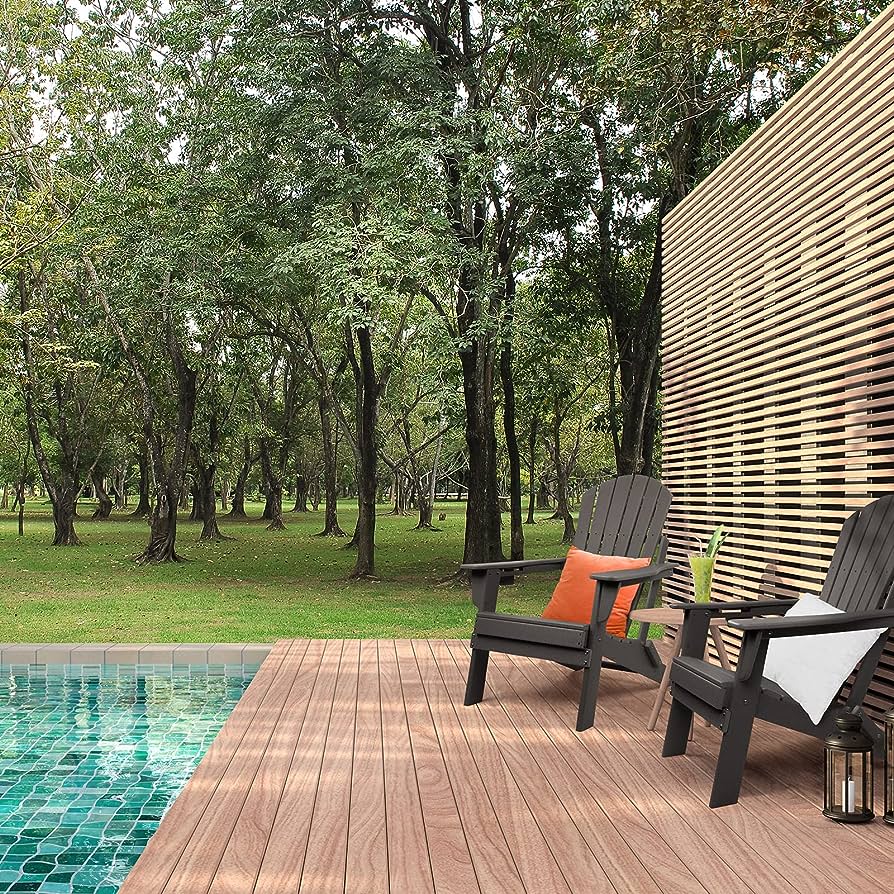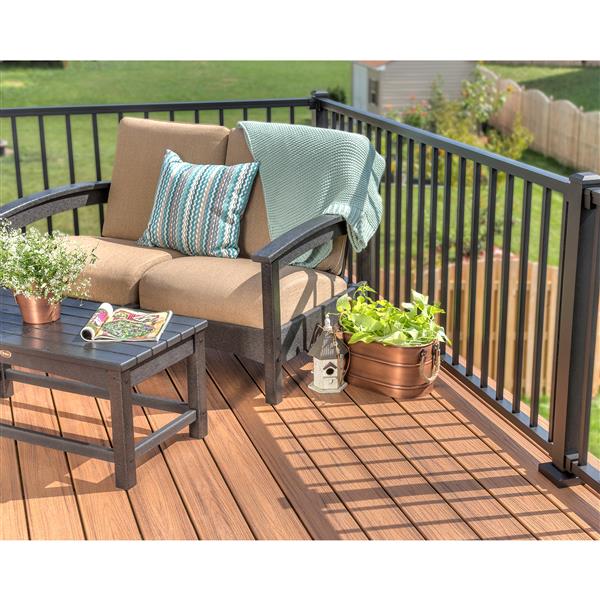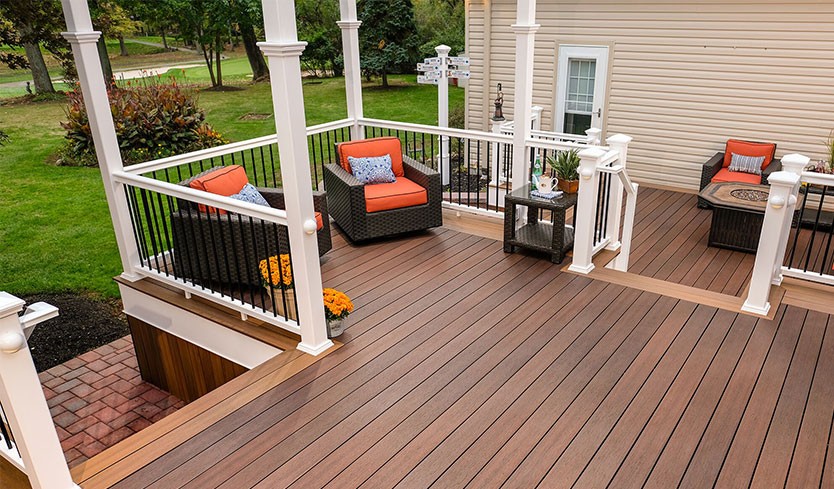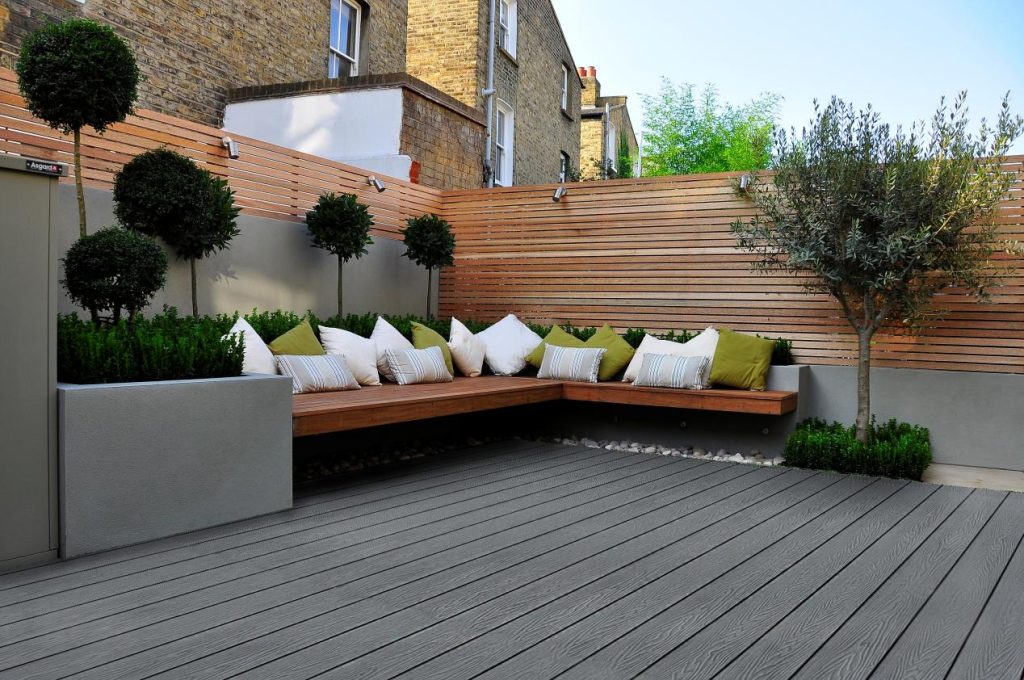
In today’s fast-paced world, where eco-friendliness, personal well-being, and individuality are prioritized, modern low-carbon environmental materials are gaining immense popularity. Among these, plastic wood composite material stands out as a dynamic ecological alternative that perfectly aligns with people’s evolving furniture preferences and lifestyle standards. With its exceptional performance, affordability, and eco-friendliness, plastic wood furniture is poised to revolutionize the furniture industry.
Advantages of Wood Plastic Composite Material
The advantages of wood plastic composite material are truly remarkable. It is an eco-friendly, non-toxic, and odorless material that surpasses ordinary wood in terms of waterproofing and anti-corrosion properties. Unlike traditional furniture, plastic wood furniture does not suffer from drying cracks and has lower environmental requirements. Moreover, its unique carving capabilities make it an excellent choice for preserving intricate decorative patterns.
Plastic wood materials also offer unparalleled versatility, making them easy to cut, carve, and manipulate during the production process. The absence of sharp stubble even after destruction and fracture ensures safety, while the material’s uniformity and stable physical properties allow for the creation of fine patterns and intricate designs. With a life expectancy exceeding that of even the finest mahogany furniture, plastic wood boasts greater hardness than ordinary wood and does not demand strict quality requirements for natural wood materials, simplifying maintenance and offering long-term durability.
Elevating Aesthetics with Surface Optimization
The surface effect of plastic wood furniture plays a crucial role in its appeal. Manufacturers have mastered the art of enhancing surface performance by incorporating masterbatch additives during production. This ensures minimal color loss, even when exposed to harsh weather conditions. The addition of masterbatch brings plastic wood materials to life, offering a vibrant array of colors and textures that captivate the senses and elevate any living space.
Moreover, various production methods, such as extrusion and secondary processing, allow for a wide array of surface effects, including aged antique appearances, creating stunning and natural visuals. Designers and artists can experiment with different finishes, painting, and veneering techniques to achieve customized and luxurious looks that suit individual preferences and interior styles.
Navigating Challenges
While wood plastic composite material boasts numerous advantages, it does have some limitations, such as inferior strength and elasticity compared to natural wood. This makes bending modeling more challenging. However, as designers gain experience and expertise with this relatively new material, innovative combinations with traditional furniture become increasingly plausible, presenting exciting opportunities for the industry’s future.
The Promise of Green and Economic Efficiency
In today’s furniture industry, embracing new materials and technologies while controlling raw material costs is essential for enhancing economic efficiency. wood plastic composite materials, with their abundant resources and exceptional mechanical properties, offer an effective solution. By utilizing wood plastic composite as a base material, furniture manufacturers can deliver superior quality products to consumers at more accessible prices, maximizing functionality and added value.
Paving the Way for Sustainable Practices
The marriage of traditional furniture with wood plastic composite materials not only promises short-term gains but also long-lasting benefits. As the furniture industry faces challenges of production, sales, maintenance, and disposal, wood plastic composite materials offer a sustainable solution. The technology enables efficient recycling and minimal environmental impact, paving the way for continuous and eco-friendly development.
Overcoming Challenges for a Brighter Future
While plastic wood furniture shows tremendous promise, there are some hurdles to overcome. These include limited development foundation, inadequate funding, and talent shortages. Additionally, better communication and support between the plastic wood and traditional furniture industries are crucial to standardizing and systematizing the sector for future growth.
Establishing industry standards and fostering collaboration between plastic wood manufacturers and furniture designers will pave the way for seamless integration and innovative products. As designers and manufacturers gain more experience with plastic wood, its limitations can be addressed through creative engineering and advanced processing techniques, further enhancing the material’s appeal and functionality.
A Green and Innovative Future Awaits
In conclusion, the furniture industry stands at the cusp of transformation. Embracing plastic wood composite materials presents a unique chance to revolutionize the sector with eco-friendly, innovative, and aesthetically pleasing solutions. As designers, manufacturers, and consumers come together to support this green revolution, a prosperous and sustainable future awaits the world of furniture. Through collaboration, innovation, and an unwavering commitment to eco-conscious practices, plastic wood furniture will shape the way we perceive and experience modern living spaces, ushering in a greener, healthier, and more sophisticated era of furniture design.








